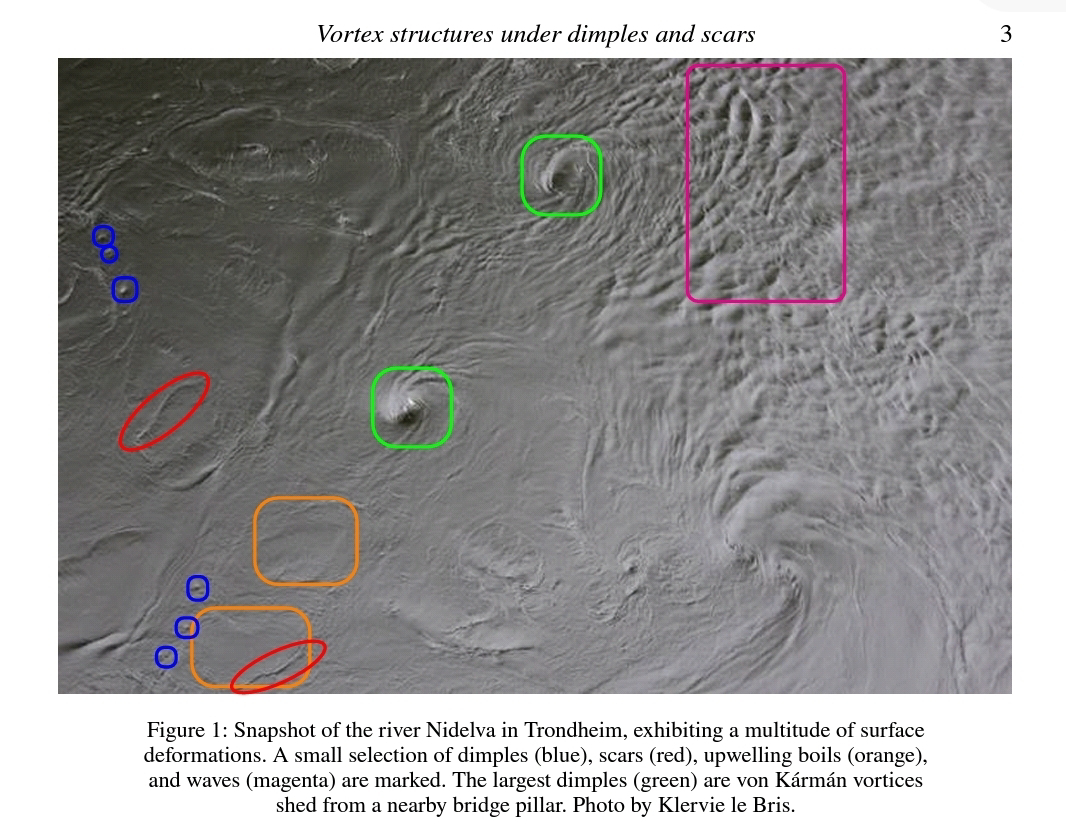<<
• Parrondo's paradox illustrates how combining two losing strategies can result in a winning outcome.
• Its applications extend across various disciplines, particularly in understanding ecosystems at different scales.
• The paradox is explored in multiple fields, highlighting adaptability as a key factor in evolutionary survival.
• Future directions are outlined, emphasizing the potential to enhance our understanding of the natural world and society.
>>️
Tao Wen, Kang Hao Cheong. Parrondo's paradox reveals counterintuitive wins in biology and decision making in society. Physics of Life Reviews. 51, 33-59. Dec 19, 2024.
Also: Parrondo, game, tit-for-tat, in https://www.inkgmr.net/kwrds.html
Also: 'Parrondo paradox', in Pubmed https://pubmed.ncbi.nlm.nih.gov/?term=parrondo+paradox&sort=date&size=50
Keywords: gst, Parrondo, game, tit-for-tat
FonT: as mentioned elsewhere in this blog, from my point of view, if well modulated, the two paired strategies "Stochastic Tit-For-Tat" and "Parrondo" are deadly, regardless of the aims of the objectives (cooperative purposes, parasitism, resurfacing of hypothetical clusters of failed entities, ... )






